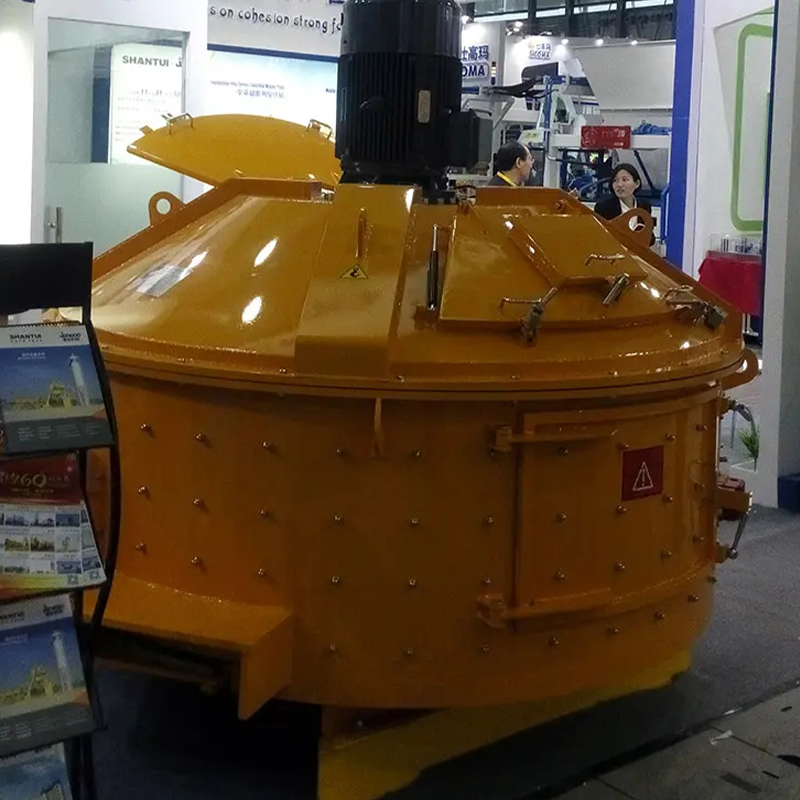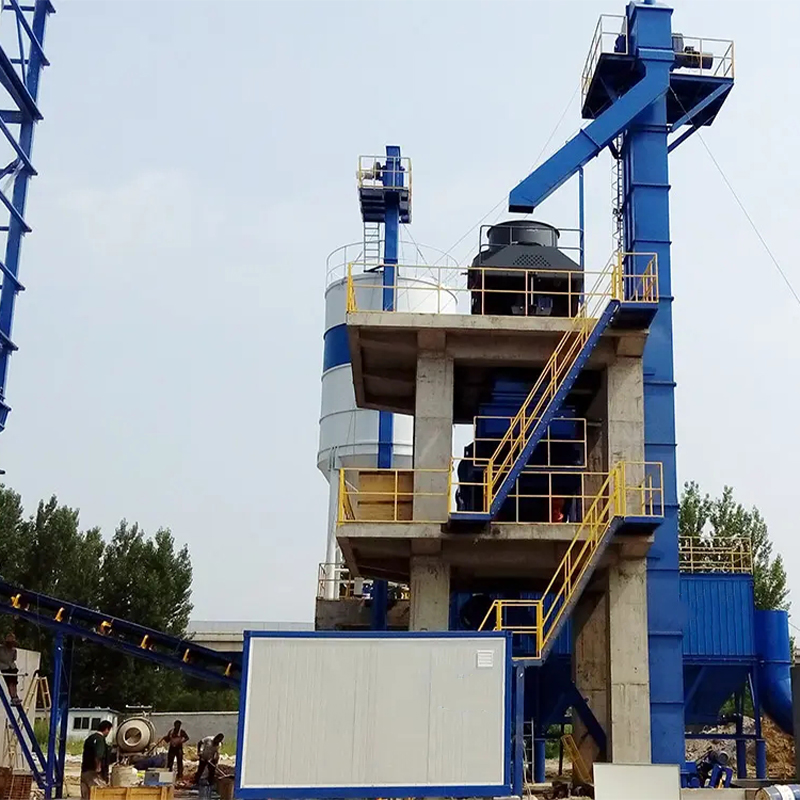The innovation in China’s stabilized base plants often gets understated, regarded by many as merely incremental tweaks. However, what we see today is a quiet yet profound revolution driven by necessity and intensified competition. These plants are not just cranking out industrial-grade equipment anymore; they’re reimagining what efficiency and sustainability mean in practical terms.

Konprann move konsepsyon yo
Many people assume China’s stabilized base plants operate on a low-cost, low-tech model. That’s a mistake. Take, for example, Zibo Jixiang Machinery Co.,Ltd., a pioneer in this field. While they started with traditional concrete mixing and conveying machinery, they’ve quickly shifted gears, integrating cutting-edge technologies into their workflow. Explore their approach further on sit entènèt yo.
The common misbelief is that innovation here is just a buzzword. In reality, plants like these have established innovative practices that integrate IoT and automation technologies, facilitating a streamlined production process that reduces waste and enhances output quality significantly. These facilities are, in essence, small ecosystems of progressive manufacturing techniques.
Yet, challenges remain—balancing innovation with cost-effectiveness in a highly saturated market isn’t straightforward. Despite the advanced practices, unforeseen issues like supply chain disruptions can knock the most well-planned processes off course.
Adopting Advanced Technologies
At companies like Zibo Jixiang, innovation manifests in the form of precision. The use of real-time data analytics and machine learning algorithms optimizes the mix’s stability and consistency, ensuring that the equipment produces the highest quality results while minimizing environmental impact.
But it’s not just about digital innovation. Traditional engineering principles are being revisited and refined. Manufacturing equipment is being re-engineered to be more durable, extend the lifecycle, and reduce operational downtime—a direct response to customer demand for reliability.
The approach they use is pragmatic and grounded in industry experience. Engineers aren’t just sitting back with theoretical models; they’re on the ground, iterating in real-time based on customer feedback and performance data.
Customer-Centric Design
Another angle to innovation is rethinking the way products are designed and delivered. Zibo Jixiang Machinery emphasizes customer collaboration in product development stages. By integrating client feedback early, they tailor their technology solutions to meet specific demands.
This iterative design process involves constant communication, essentially making the customer a part of the R&D team. It breaks away from the traditional top-down innovation model, creating a more dynamic development cycle.
Interestingly, this approach has sparked a shift in customer expectations. As clients get used to higher engagement levels during product development, the industry is pushed to become more transparent and responsive.

Defi nan aplikasyon
Of course, executing these innovations isn’t without hurdles. Technological integration requires extensive workforce retraining, which is both time-consuming and costly. Yet, companies that undertake this endeavor often find it results in a more skilled, adaptable workforce.
There’s also the issue of aligning technology with existing systems. Machines typically adapted to operate in isolation now need to converse in a networked environment, a substantial hurdle for implementation. Achieving full systems compatibility is often more complex than initially anticipated.
Market unpredictability adds another layer of complexity. External factors such as political tensions and trade tariffs can quickly turn a promising innovation strategy into a logistical nightmare. Yet, companies committed to change manage to navigate these turbulent waters with agile strategies.
Wout la devan
What does the future hold for stabilized base plants in China? The trend leans towards more open collaborations both domestically and internationally. The aim is not only to push technological boundaries but also redefine standards in industrial innovation.
The ongoing transformation in China is laying the groundwork for a new era in industrial manufacturing—one that embraces resilience, efficiency, and sustainability. The work of companies like Zibo Jixiang Machinery Co.,Ltd. exemplifies how these pieces come together, guiding a sector often misunderstood but rapidly evolving.
As new challenges arise, these plants are set to demonstrate that innovation isn’t just about big ideas; it’s about grounded, strategic advancements that result in tangible progress. This evolving landscape offers valuable lessons and opportunities for global stakeholders interested in industrial evolution.
Post time: 2025-10-16
